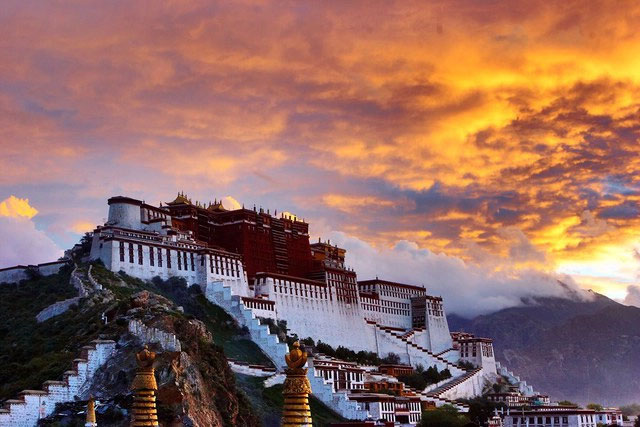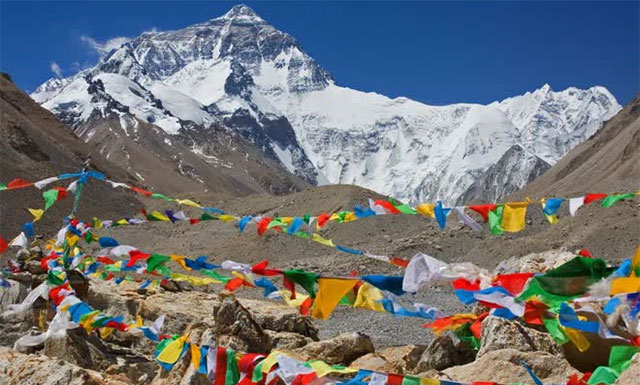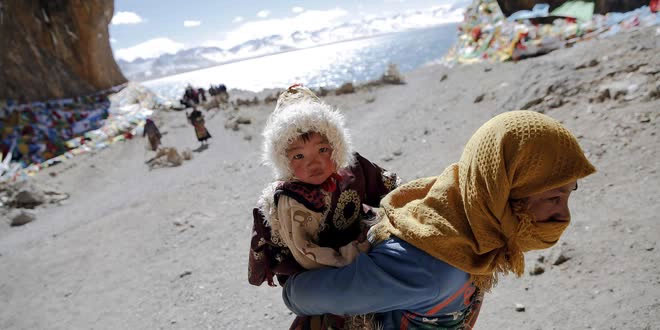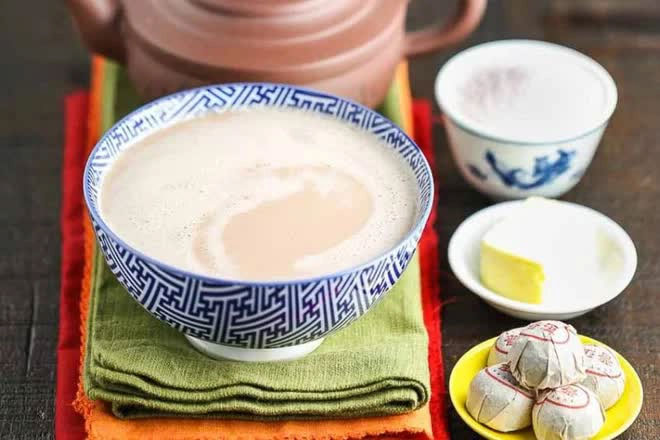Known as a sacred land nestled among towering mountains, Tibet remains an intriguing mystery on the world map.
As a sun-drenched plateau, Tibet (China) impresses many with its unique cultural traditions and breathtaking natural landscapes, making it a dream destination for adventure seekers.
Home to Buddhism, the remote region of Tibet is rich with ancient customs and unique temple architecture. Despite attracting a significant number of tourists each year, this land has managed to retain its pristine beauty. Here are 5 interesting facts about Tibet that will help you understand more about this sacred land.
1. Tibet Was Once Closed to Tourists
Before opening its doors to tourists, Tibet was a rather closed-off region, completely shutting out visitors. It wasn’t until 1980 that the area welcomed its first tourists.
Currently, although Tibet remains closed during the New Year (typically from January to February), it is open to tourists during the other months, provided they participate in guided tours.

Tibet officially opened to tourists in 1980
2. Tibet Is Considered One of the Most Remote Areas on Earth
Due to its geographic features, predominantly mountainous terrain, Tibet is also the least populated region in China. With the majestic Himalayas as a prominent feature of Tibet’s landscape, the average height of the mountains in this area exceeds 6,000 meters.
This unique natural environment has made Tibet one of the most remote places on Earth, yet it boasts unparalleled majestic scenery.

Tibet is located at an altitude of over 6,000 meters with a harsh climate
3. 47% of the World’s Population Relies on Freshwater from Tibet
Dubbed the “Third Pole” of the Earth, Tibet contains the third largest reserves of water and ice in the world, following the Arctic and Antarctic. With lakes, rivers, and glaciers at every turn, the water resources of this region are immeasurable.
As a result, it is also the source of many of Asia’s largest rivers, including the Mekong, Yangtze, and Indus Rivers.
4. Children at One Year Old Must Be Immersed in Glacial Water

Children must undergo a rigorous physical test
In a region with extremely harsh cold weather, not everyone can easily survive here. Thus, for centuries, Tibetans have been known for their physical training to withstand the local climate from a young age.
Traditionally, when a child turns one year old, a woman with the most esteemed authority in the village will immerse the child in the icy glacial meltwater for one minute, leaving only the head above water. Afterward, the child is taken out, dressed, and wrapped normally. If the child survives and appears to be completely fine, it means they have passed the rigorous life-or-death selection process.
5. Tibet Does Not Grow Tea
When talking about Tibetan specialties, the butter tea is likely to be the first thing that comes to mind. Butter tea is known as a traditional beverage of this plateau region. For the locals, butter tea is even considered a “divine drink” due to its ability to retain heat and its excellent nutritional properties that help the body withstand harsh weather.

Butter tea – the essence of the Tibetan plateau
However, few people know that the Tibetan plateau does not actually grow the tea leaves. Due to its specific climatic characteristics, tea cultivation is impossible. Therefore, all tea is traded by horse and transported from India over a distance of nearly 4,000 kilometers.
This long and arduous trade route, known as the “Tea Horse Road”, has become one of the legendary trade routes in the world, comparable to the famous “Silk Road” in history.

















































